Dental disease is a common pet health problem, and the many misconceptions about the condition may cause pet owners to care inadequately for their pet’s oral health. Many periodontal problems are hidden below the gumline, which make them difficult to detect without a professional examination. February is National Pet Dental Health Month, and to celebrate, our team at Homestead Animal Hospital is debunking four pet dental care myths and providing you with the truth so you can maintain your pet’s optimal oral health.
Myth #1: Dental disease is a problem only in old pets
Many pet owners are surprised that dental disease is common in pets, and many presume that only old pets are affected. The truth is, by age 3, most dogs and cats have some degree of dental disease. However, because dental disease affects pets of all ages, understanding how the condition develops is important. Almost immediately after your pet eats, the bacteria left on their teeth form sticky plaque, which quickly hardens into tartar, trapping oral bacteria in and around the gumline and tooth roots. Without preventive care or treatment, dental disease can lead to loose teeth and infection, causing an affected pet significant pain. Dental disease can also cause the following conditions:
- Kidney, heart, and liver problems
- Tooth root infections
- Under-eye swelling
Myth #2: Bad breath in pets is normal
While many pet owners are quick to dismiss bad breath as normal, bad breath odor is usually one of pets’ first dental disease signs. The plaque-forming bacteria in your four-legged friend’s mouth produce sulfur compounds that cause your pet’s smelly breath, as well as other, more serious problems, including:
- Bleeding gums — Periodontal bacteria irritate and inflame gingival tissue, leading to swollen and bleeding gums.
- Loose teeth — As bacteria invade below the gumline, a tooth’s supporting structures are damaged, loosening it and causing your pet pain.
- Tooth root abscess — If the bacteria enter the tooth root, an abscess can develop, and the affected tooth will typically need extraction.
- Jaw fracture — Advanced periodontal disease causes bone deterioration and may lead to jaw fractures. Cats and small-breed dogs are most susceptible to this complication.
- Systemic complications — Periodontal disease increases a pet’s heart, kidney, and liver disease risks, and can also make blood sugar regulation difficult in diabetic pets.
Myth #3: Pets don’t need routine at-home dental care
Like people, pets need routine dental care, or they can suffer from serious oral pain and infection. Take control of your pet’s oral health by establishing an at-home dental care routine that includes the following:
- Toothbrushing — Daily toothbrushing with an enzymatic pet toothpaste approved by the Veterinary Oral Health Council (VOHC) is the most effective way to prevent plaque and tartar. Do not use toothpaste intended for people, which is dangerous for pets.
- Chews — Dental chews are a satisfying way for your dog to clean their teeth, especially if they do not tolerate toothbrushing. Give your dog chews that carry the VOHC seal of acceptance, because these treats have slight give and flexibility. Avoid giving your pet hard chews, such as bones, antlers, and yak chews, that can break teeth.
- Water additives — Add these products to your pet’s drinking water every day, to prevent plaque and reduce oral bacteria.
Myth #4: Professional pet dental cleanings aren’t necessary
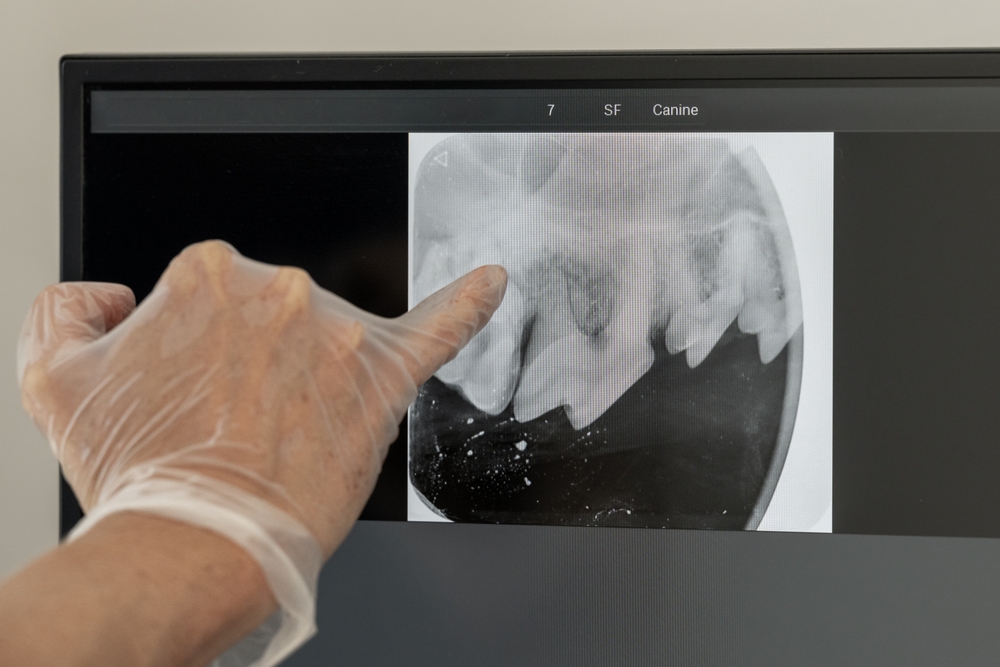
Regular professional dental cleanings assess your pet’s oral health, address complications, and thoroughly clean your pet’s teeth and under the gumline. Most pets need a professional dental cleaning once per year, but if you have a high-risk pet, such as a toy-breed dog or brachycephalic (i.e., flat-faced) pet, they may need more frequent cleanings. During a professional dental cleaning, your anesthetized pet undergoes:
- Dental X-rays — Each tooth is individually X-rayed to view the root structure and surrounding bone. Most dental diseases (e.g., bone loss, root abscess) are discovered on X-ray.
- Scaling — Tartar is removed from all teeth above and below the gumline.
- Polishing — Polishing smooths the teeth after scaling, leaving a plaque-repellent surface.
- Oral examination — Your veterinarian checks each tooth’s gum pocket depth and assesses its health. Examination findings are compared with X-rays to determine necessary treatments.
- Treatments — Loose, fractured, or otherwise diseased teeth typically are extracted to remove the pain and infection source and to allow the diseased area to heal. This helps prevent disease from spreading to surrounding teeth.
Taking care of your pet’s dental health is a vital part of their overall well-being, and you can help ensure their teeth and gums remain healthy throughout their life. Schedule your pet’s next oral exam and professional dental cleaning with our Homestead Animal Hospital team.


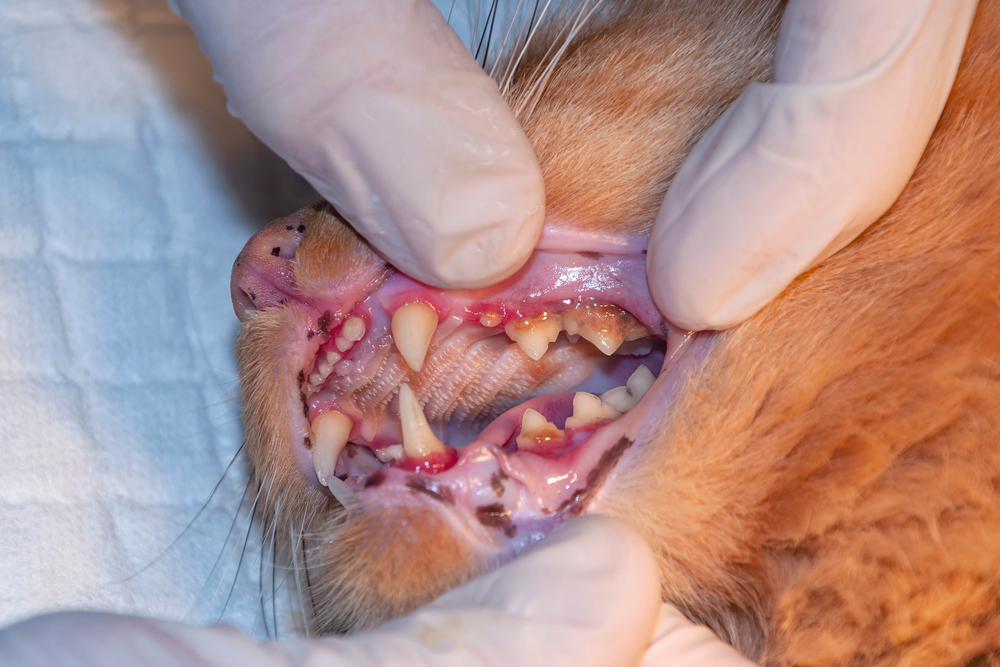
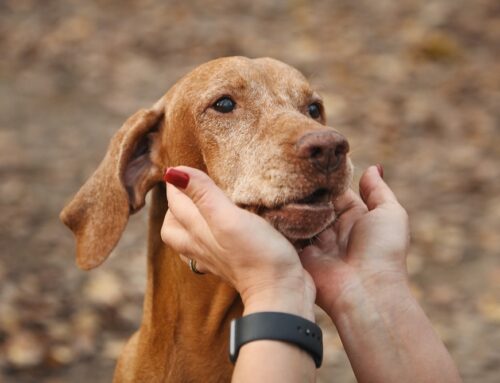
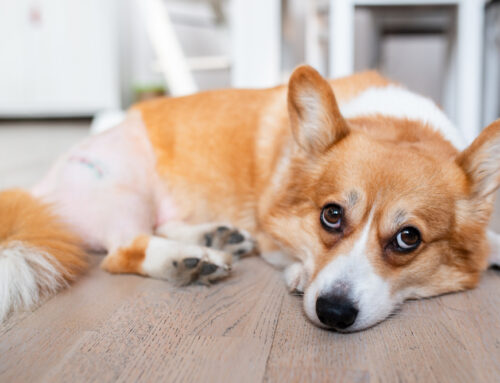
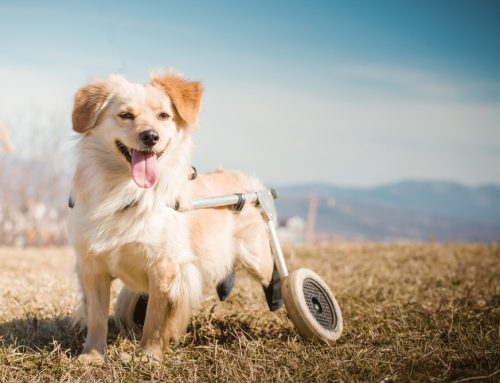
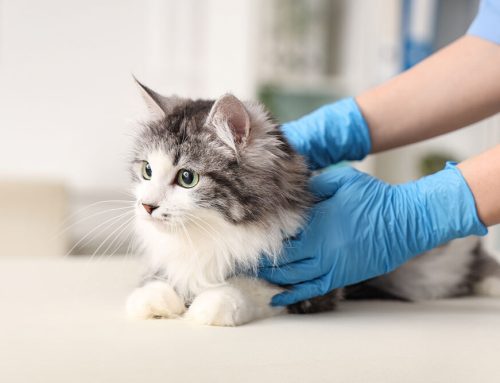









Leave A Comment